Marbles, not to be confused with Squarbles, have existed forever. Okay, maybe not forever, but no one can really pinpoint their creation. But that's by the by, because as soon as you have your first marble, all you become interested in is collected more, and more, and more half-inch wide spheres.
One thing we do know, however, is that marbles have been a competition sport for at least the last 100 years, during which time The National Marbles Tournament has been held in Tinsley Green, England. These competitive marbles would have been the glass types we are familiar with today, rather than your cave man marbles made from bits of stone and stuff, I'd guess. Around 150 years ago, a patent for glass marble cutting scissors was filed in Germany by a company called Elias Greiner Vetters Shon. Later came the more eye-catching designs with swirly bits of colour in the middle, like cats eyes.
In the early 20th Century, marble manufacturing was done by machines, and it wasn't just glass ones being produced - onyx, steel and plastic all made for efficient marbles. With the added bonus of perfection that comes from being machine-made, such marbles could be sent rolling in a straight line across the living room floor.
These days, mass production of marbles has largely beein taken over by Asian countries, but rare handcrafted versions are sporadically available and worth a great deal to collectors. There are all kinds of marbles to date. Toothpaste ones feature wavy streaks of red, blue, black, white and orange. Oxblood ones contain a streaky patch that resembles a blood stain. Devil's eye marbles were red with a yellow eye. Bumblebees were predominantly yellow, but with two black stripes.
So, that's the history of the marble, but what, you might ask, does one DO with them? All manner of things is the answer.
Like most simple toys, kids will find a variety of different ways to make the most out of them - never underestimate their imagination. for instance, the game of 'knuckling' consists of one player flicking a marble off of his forefinger using his thumb, aiming the marble at some kind of target (a little sister if you were really mean in those days). Other games included: tic-tac-toe, ringer, hit and span, and Chinese marbles, whereby the players risk their marble collections by playing. Popular in the early 90s in the UK was a marble game called grids. The object was to be the first to land your marble into a hole. However a makeshift board was created using manhole grids. Each player would start at either end and attempt to thumb-flick their marble between the raised sections of the grid towards the removal hook holes. A player is not permitted to jump his marble over the raised sections but only travel down the grid lines. Each player takes turns until one reaches the hole. In a keepsy game the winner takes the other players marble. You could also buy a Marbleworks set and really have some fun running your little balls down a succession of slides and shoots.
But let's not forget all those other brilliant toys from our childhood that would never have been a success had it not been for the humble marble... the game of Kerplunk, for one. Then there's Hungry Hungry Hippos, Stay Alive, and even those annoying clicking ball bearing office toys yuppies loved so much. The latter may well have lost their marbles listening to the click-clock for too long, but look hard enough and it's likely there's one hidden down the side of the sofa - flicked there during a particularly enthusiastic game of knuckling.
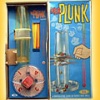
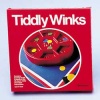
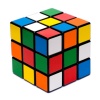

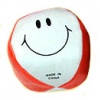
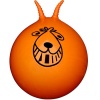


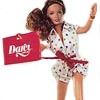

Do You Remember Marbles?
Do You Remember Marbles?